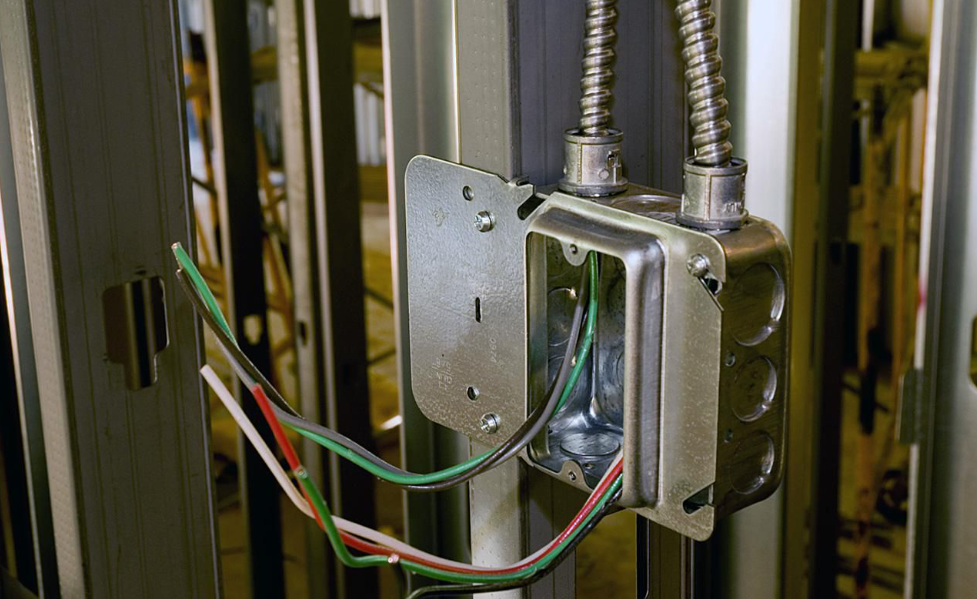Proper installation of an electrical conduit in NZ is crucial to ensure safe and efficient electrical systems. Incorrect installation can lead to various risks and hazards, including electrical failures, fire hazards, and even personal injury. By following the dos and don’ts of electrical conduit installation, you can minimize these risks and ensure a reliable electrical infrastructure.
The Dos of Electrical Conduit Installation
Choosing the Right Conduit
Selecting the appropriate conduit for your specific application is essential. Consider factors such as the environment, wiring conditions, and the types of cables or wires you will be using.
Planning and Designing
Thorough planning and designing before installation are vital. Accurately measure distances, angles, and bends to ensure proper conduit routing and minimize the need for unnecessary adjustments later on.
Proper Mounting and Support
Ensure adequate mounting and support for electrical conduit throughout the installation. Use conduit straps and hangers to secure the conduit at appropriate intervals, following the manufacturer’s guidelines.
Correct Conduit Bending Techniques
Master the art of bending conduit using proper techniques and tools. Improper bending can cause damage or deformations, leading to future problems. Follow bending radius guidelines to maintain the integrity of the conduit.
Adequate Grounding and Bonding
Proper grounding and bonding of electrical conduit systems are crucial for safety and electrical continuity. Familiarize yourself with the relevant NZ electrical codes and regulations regarding grounding practices.

The Don’ts of Electrical Conduit Installation
Overfilling Conduit
Avoid overfilling conduits with an excessive number of cables or wires. Overcrowding can lead to increased heat, reduced airflow, and potential performance issues.
Improper Conduit Splicing
Improper splicing can compromise the electrical continuity of the conduit system. Always use appropriate techniques and materials for splicing to maintain the integrity of the electrical connections.
Neglecting Expansion and Contraction
Failure to account for the expansion and contraction of conduit systems can result in damage over time. Accommodate thermal movement by allowing sufficient space and using expansion fittings when necessary.
Inadequate Protection against Moisture and Corrosion
Moisture ingress and corrosion can significantly impact the lifespan and performance of electrical conduit. Use appropriate protective measures, such as waterproof seals and corrosion-resistant coatings, to safeguard the conduit.
Conclusion
The installation of an electrical conduit in NZ can be a tricky process, but with the right knowledge and preparation, it doesn’t have to be. By following these dos and don’ts you should now feel more confident when installing your own electrical conduit. With this information at hand, you are ready to start on your next electrical conduit installation job!

